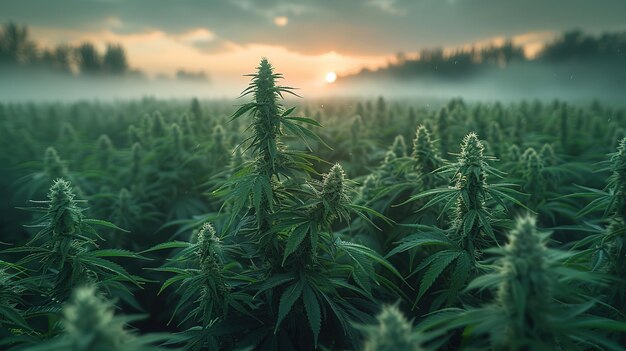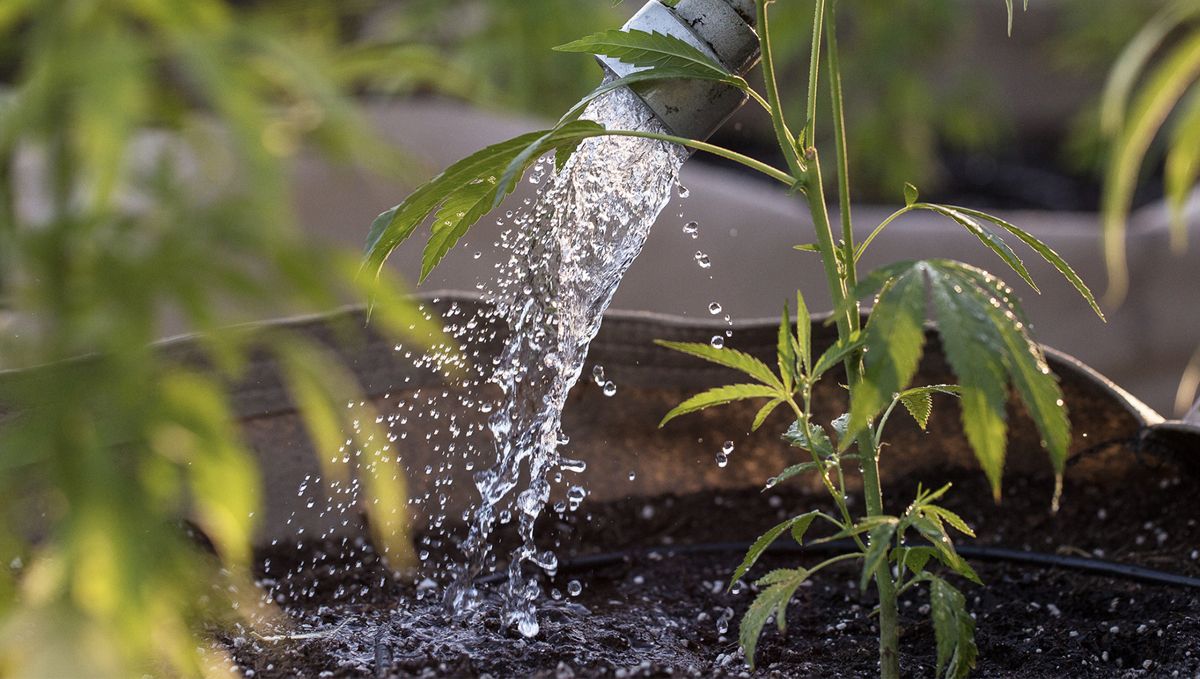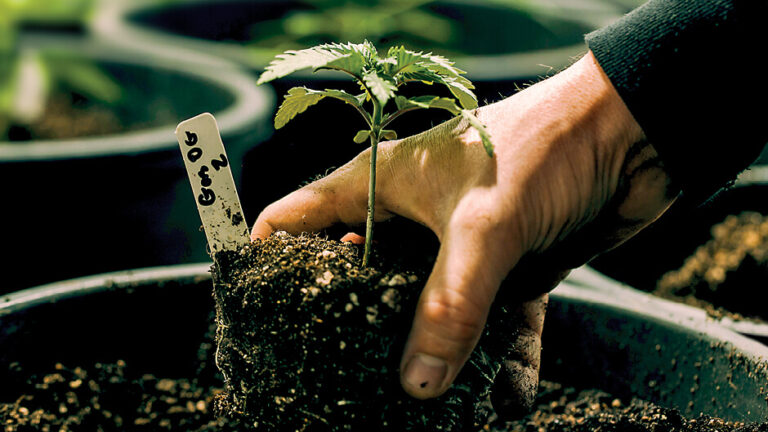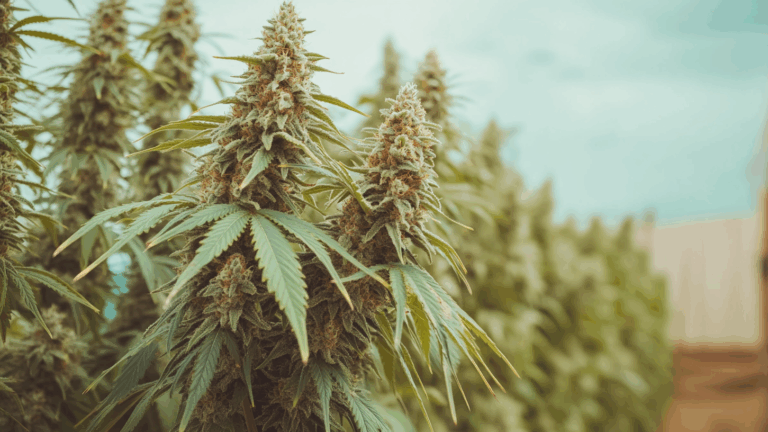
Growing Marijuana Outdoors Comprehensive Guide: Tips for Thriving Outdoor Weed Plants
Growing marijuana outdoors has been a time-honored tradition for cannabis enthusiasts and cultivators worldwide. Outdoor weed cultivation not only offers a cost-effective way to grow ganja but also allows plants to flourish in their natural environment. With the right approach, outdoor weed plants can produce high-quality buds that rival indoor-grown cannabis. In this guide, we’ll explore everything you need to know about growing weed outdoors, from choosing the right location to harvesting your outdoor-grown weed.
Why Grow Marijuana Outdoors?
Outdoor weed cultivation offers several benefits compared to indoor growing. Here are some reasons why many cultivators choose to grow ganja outdoors:
- Cost-Effectiveness: Unlike indoor grows, outdoor cultivation doesn’t require expensive grow lights, ventilation systems, or electricity. The sun provides the light your plants need for free.
- Natural Growth Conditions: Outdoor weed plants thrive when exposed to natural sunlight, fresh air, and the elements. This often results in larger plants with higher yields.
- Eco-Friendliness: Growing weed outdoors reduces the carbon footprint associated with indoor cultivation, making it a more sustainable option.
- Higher Yields: Outdoor-grown weed has more space to grow, allowing plants to reach their full potential in size and yield.

Choosing the Right Location for Growing Weed Outdoors
The success of your outdoor weed plants largely depends on the location you choose. Here are some factors to consider:
- Sunlight: Marijuana plants require at least 6–8 hours of direct sunlight daily. Choose a spot that gets plenty of sunlight, especially during the morning hours.
- Soil Quality: Healthy soil is crucial for growing marijuana outdoors. Look for soil that is rich in organic matter, drains well, and retains moisture. You can also amend the soil with compost or nutrients to improve its quality.
- Privacy: Depending on your local laws and personal preferences, you may want to choose a discreet location to avoid unwanted attention.
- Wind Protection: While fresh air is beneficial, strong winds can damage your outdoor weed plants. Consider planting near natural windbreaks like trees or installing a wind barrier.
- Water Access: Ensure your chosen location has easy access to water, as outdoor weed plants will need consistent hydration.
Preparing Your Outdoor Garden
Before planting your seeds or clones, it’s essential to prepare your outdoor garden properly. Here’s how:
- Test the Soil: Conduct a soil test to determine its pH level and nutrient content. Marijuana plants prefer slightly acidic soil with a pH of 6.0–7.0.
- Amend the Soil: Add organic matter, such as compost, manure, or peat moss, to enrich the soil and improve its texture.
- Choose the Right Strain: Not all cannabis strains are suitable for outdoor cultivation. Look for strains that are known for their resilience, pest resistance, and ability to thrive in your climate.
- Plan for Space: Outdoor weed plants can grow quite large, so give each plant enough space to spread out. A general guideline is to space plants at least 2–3 feet apart.
Planting and Caring for Outdoor Weed Plants
1. Planting Time
The best time to start growing marijuana outdoors depends on your local climate. In most regions, planting should begin in the spring after the last frost. This allows your plants to take advantage of the long summer days for optimal growth.
2. Watering
Outdoor weed plants need consistent watering, especially during hot and dry periods. However, avoid overwatering, as this can lead to root rot. A good rule of thumb is to water when the top inch of soil feels dry.

3. Feeding
Marijuana plants require nutrients to thrive. During the vegetative stage, focus on nitrogen-rich fertilizers. As the plants transition to the flowering stage, switch to phosphorus and potassium-rich nutrients to support bud development.
4. Pest and Disease Control
Outdoor weed plants are more susceptible to pests and diseases than indoor plants. Keep an eye out for common issues like spider mites, aphids, and powdery mildew. Use natural pest control methods, such as neem oil or introducing beneficial insects like ladybugs.
5. Pruning and Training
Pruning and training techniques like topping, low-stress training (LST), and removing dead leaves can help improve airflow, light penetration, and overall plant health.
Harvesting Outdoor-Grown Weed
Knowing when to harvest is crucial for maximizing the potency and quality of your outdoor-grown weed. Here’s how to determine the right time:
- Check Trichomes: Use a magnifying glass or microscope to examine the trichomes on your buds. When they turn from clear to milky white with some amber, it’s time to harvest.
- Inspect Pistils: The pistils (hairs) on your buds will change color from white to orange or brown as they mature.
- Harvest in Stages: If your plants have multiple buds maturing at different rates, consider harvesting in stages to ensure optimal potency.

Final Thoughts on Growing Marijuana Outdoors
Growing ganja outdoors is a rewarding experience that allows you to connect with nature while cultivating high-quality cannabis. By choosing the right location, preparing your garden, and providing proper care, you can enjoy a bountiful harvest of outdoor weed plants. Whether you’re a seasoned grower or a beginner, outdoor weed cultivation is a fantastic way to grow your own supply of cannabis while embracing the great outdoors.
If you’re ready to start your outdoor growing journey, remember to research your local laws and regulations to ensure compliance. Happy growing!


